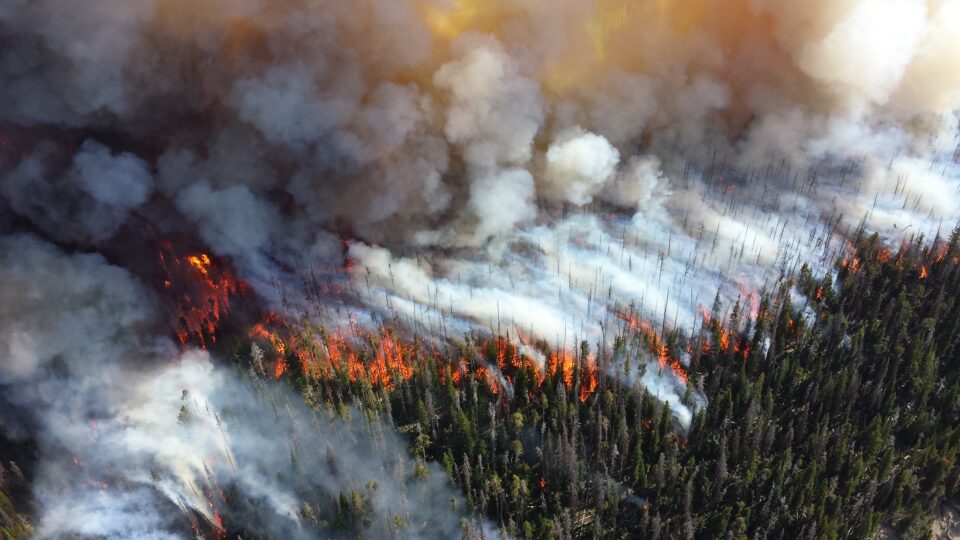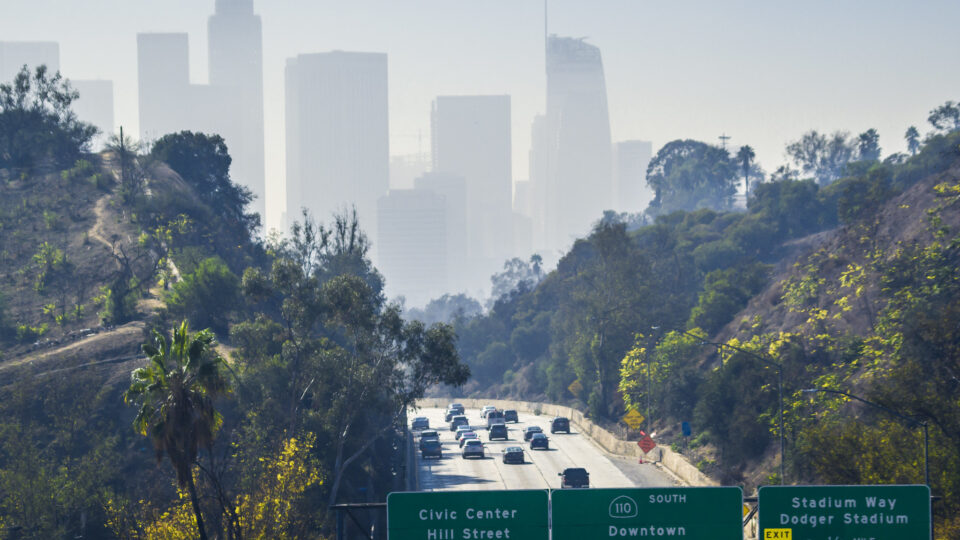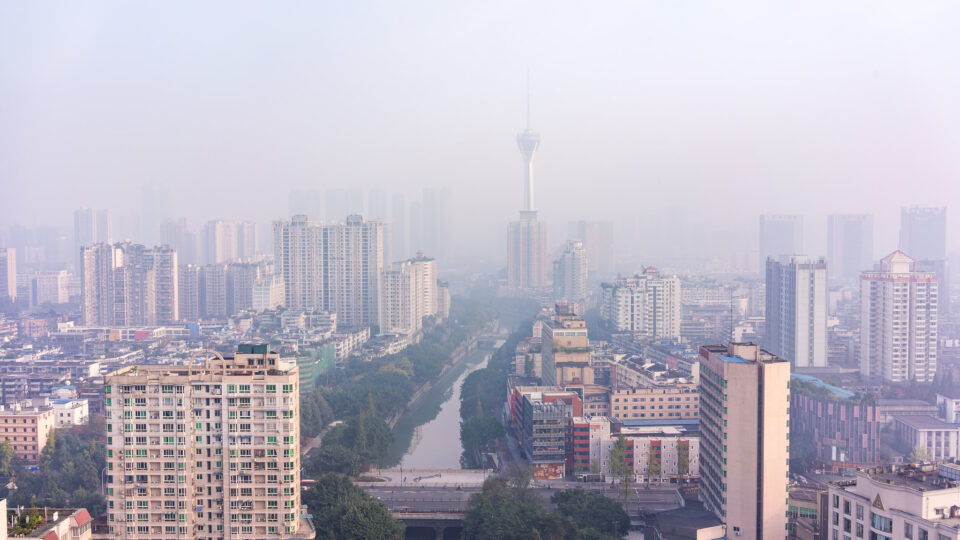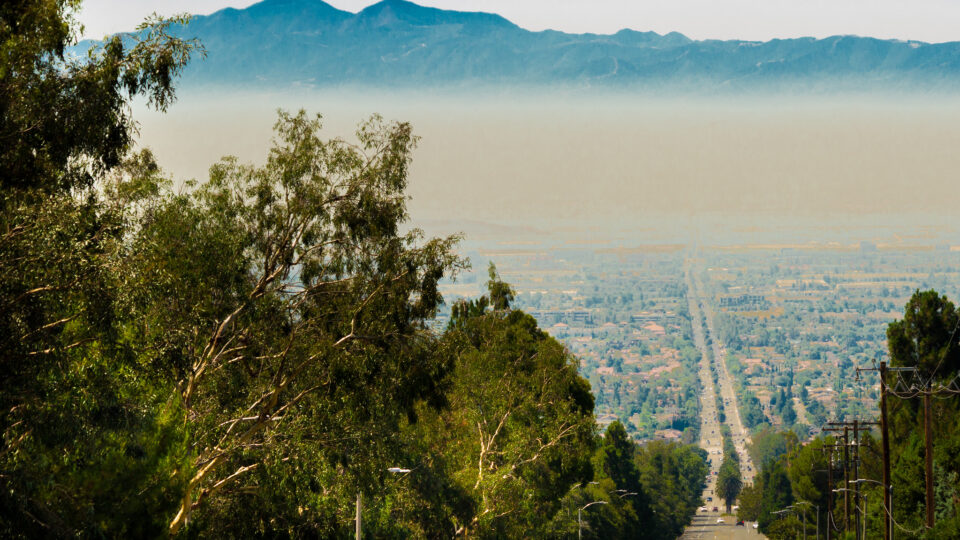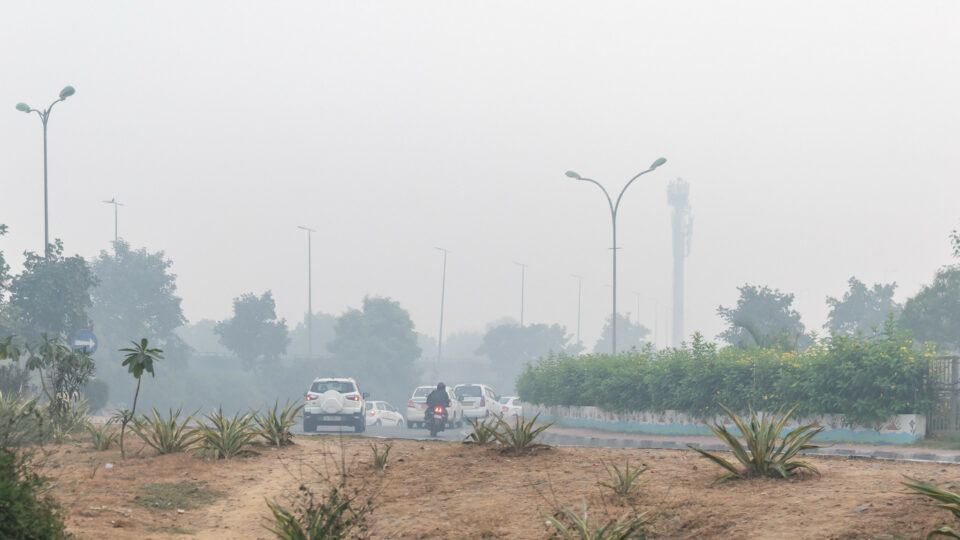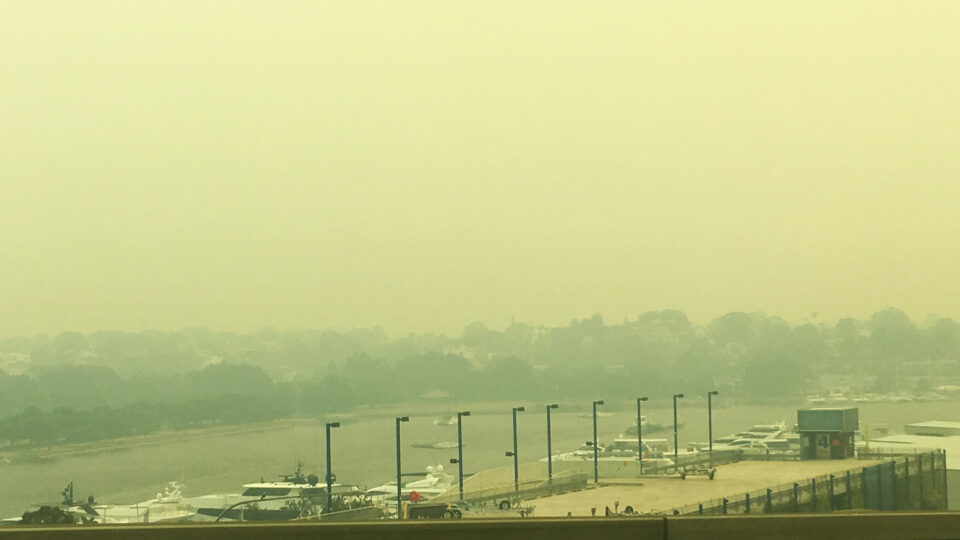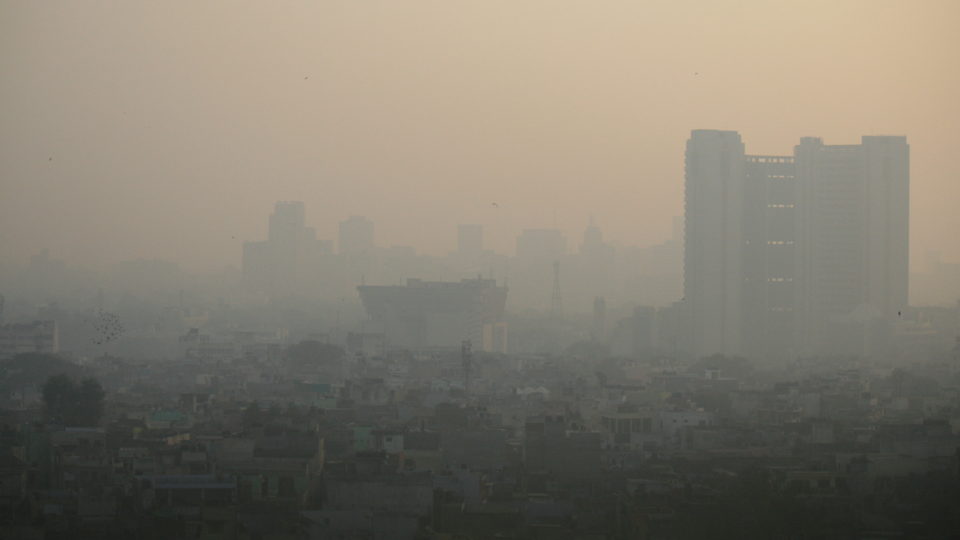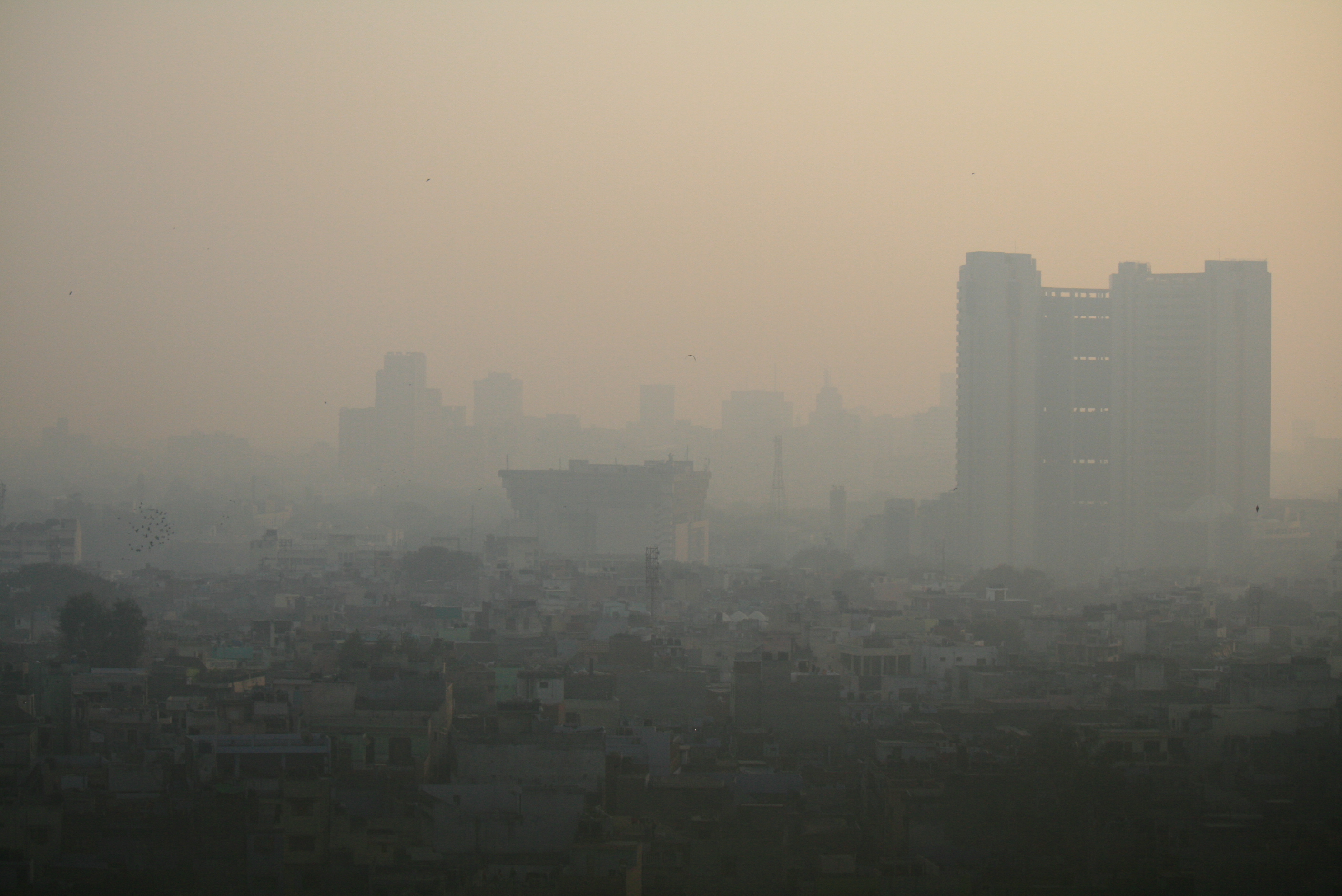India is one of the world’s most polluted countries. In fact, of the 30 cities with the worst air pollution around the globe, 21 of them can be found in India.
India’s capital city, New Delhi, is the most polluted city in the world. Concentrations of fine particulate matter (known as PM2.5) in Delhi, which is the name of the larger city that includes the capital New Delhi, are nearly 10 times greater than the World Health Organization guidelines.
To reduce air pollution in Delhi, officials have focused on measures within the city limits, including boosting public transportation and regulating pollution from industry.
But according to a review carried out by the University of Surrey and regional government officials in Delhi, the city will also need the help of its neighbors to tackle its killer smog problem. Some of the pollution plaguing Delhi comes from rural areas in the region – from things like crop burning, wood stoves, and power plants. The review, which was part of a paper recently published in the journal Sustainable Horizons, also recommends drafting regional air quality plans, producing smog forecasts, and creating airshed councils to help improve coordination.
Exposure to air pollution can cause all sorts of major health problems, including asthma, respiratory inflammation, as well as jeopardize lung function, and even promote cancer. Long-term exposure to PM2.5 is linked to premature death. In fact, air pollution causes an estimated 670,000 deaths every year in India.
Since air pollution doesn’t respect boundaries or borders, solutions require collaboration and the need to focus efforts more broadly in order to achieve emissions reduction goals.
**********
Web Links
Delhi smog: India’s cities must look beyond their limits to clean up air pollution
Photo, posted December 27, 2019, courtesy of Ninara via Flickr.
Earth Wise is a production of WAMC Northeast Public Radio

